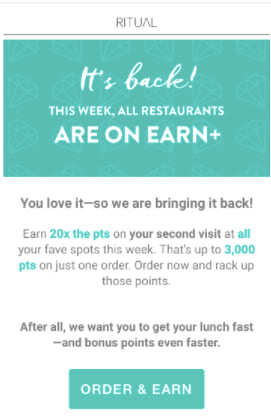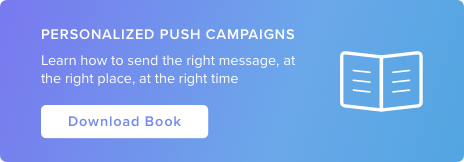Push Notification Best Practices for Customer Personalization
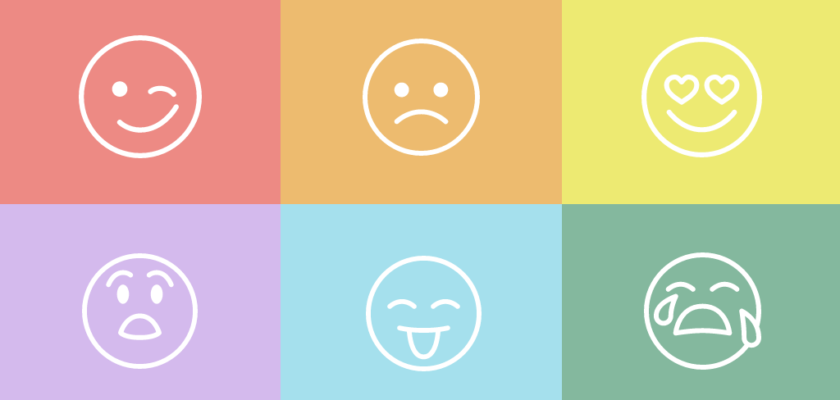
Personalization has been the talk of the mobile industry for quite some time now. The question is no longer why, but how. Email marketing has remained a popular way to reach customers with personalized messages, but many brands overlook the power of push notifications because of users’ fatigue with them.
We’re not saying that you need to choose one or the other here. Using both email and push notifications, together or separately, can be a powerful tool for engagement and retention. We just want to make sure that push notifications don’t get left out of the conversation and are equally optimized in your marketing strategy. Many successful brands have implemented these push notification best practices to increase user engagement and retention.
Learn about push notification personalization best practices in our free Push Notification Guide!
Mobile Personalization and Push Notifications
Push notifications can be a powerful tool when they are sent in a timely manner and are relevant to the user. Personalization doesn’t just mean inserting the user’s name; while that’s of course part of it, you need to contextualize the messages and make sure they add value to the user experience.
So what exactly do customers mean when they demand personalization?
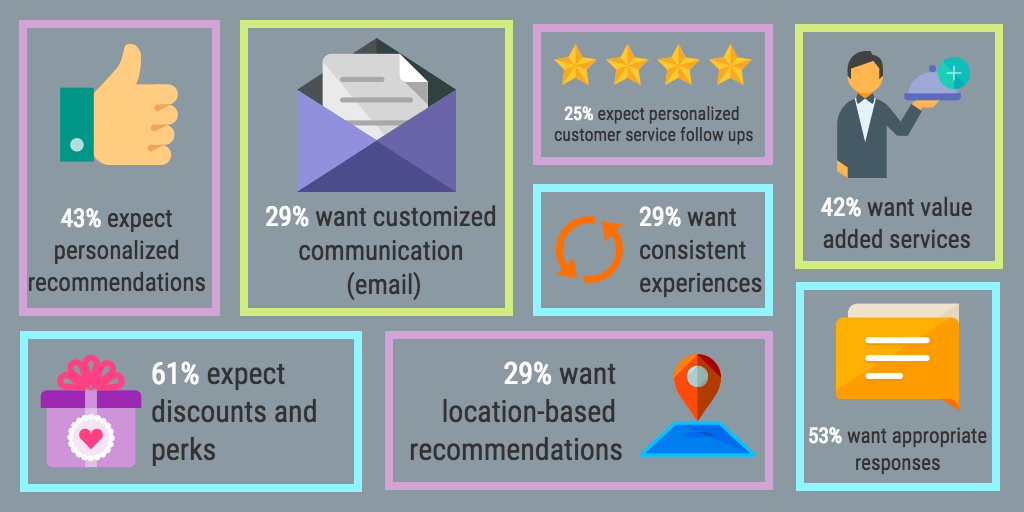
Now what? With all this information, you now know where to focus your energy. Most users expect to be sent promotions that are personalized to their interests. If you’re not already there, this may indicate that it’s time to invest and leverage existing technology to shape your marketing strategy around delivering this to customers. It’s also important to evaluate your personalization efforts other areas as well. For instance, having customized communication is still valued by 29% of customers.
Customers Want Consistent Experiences…What Does that Mean for you?
Another interesting thing to note is that more than a quarter of consumers are demanding consistent experiences from companies. As we progress further in this digital age, the amount of devices consumers own and live by is slowly increasing. This is a huge reality check that companies need to start thinking about their omnichannel experiences and thinking of their brand as an ecosystem rather than segments. The typical consumer may be researching a product on their computer, trying the product in stores, but finally buying it on the app. With so many touch points, companies need to prioritize all their channels and ensure consistent experiences moving forward.
Personalized Push Notification Examples
With the numbers revealing how we should be personalizing customer experiences, here are some push notification examples from successful brands who are committed to great customer experiences and app personalization:



Personalization and Privacy Concerns
Despite the demand for personalization, many brands are still hesitant to use customer data due to increasing privacy concerns, which ends up hurting them. Avoiding personalization to respect customer privacy concerns actually goes against most customer wishes and push notification best practices. Users are generally willing to give companies certain pieces of key information, as long as it’s used to explicitly enhance their experience by adding value in the ways discussed above.
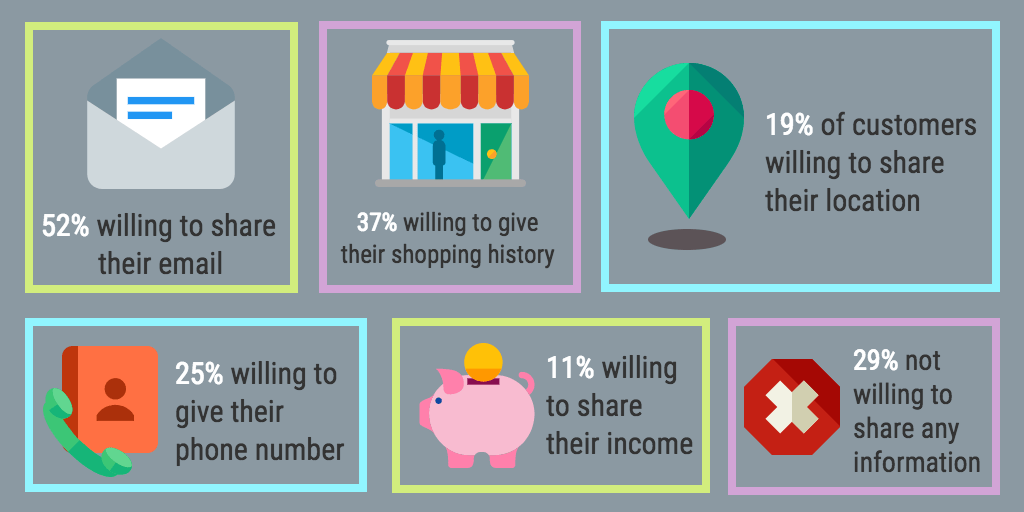
The first step to creating meaningful experiences for customers is getting the right information. With this data in mind, it is important to keep in mind what is relevant to you and your customers. For instance, only 11% of consumers are comfortable with giving companies information regarding their income. So in this situation, you need to be critical and ask yourself if this information is fundamental in elevating the customer experience as a whole. Similarly, if you don’t plan on calling or sending personalized SMS messages to your users, then it may be wise to avoid asking for this information. Seeing as only a quarter of consumers are willing to share their phone number, prematurely asking for this information before you know how to integrate it into your marketing strategy may be detrimental.Remember don’t collect information just for the sake of it, collect with purpose. The perfectly crafted push notification strategy may be the key to increasing user engagement and retention.
Implementing Push Notification Best Practices
Before you start implementing personalized push notifications into your marketing strategy, here are a few things to keep in mind:
- These facts aren’t a one size fits all solution- experiment with what works best for you and your customers
- Always measure your activity-make results-driven decisions in your marketing strategy for definitive answers
- There are many types of push notifications, don’t be afraid to play around and have fun with them- click on the download button below to find some inspiration!

